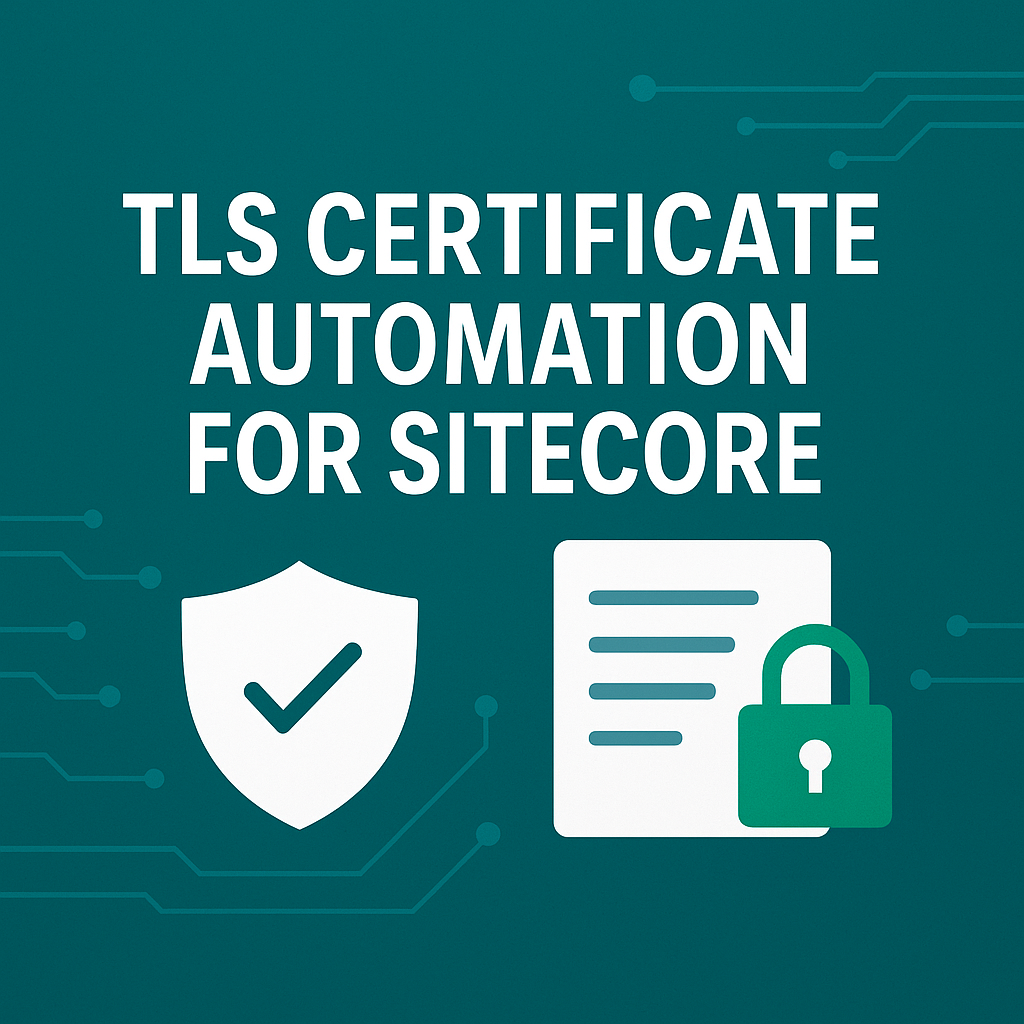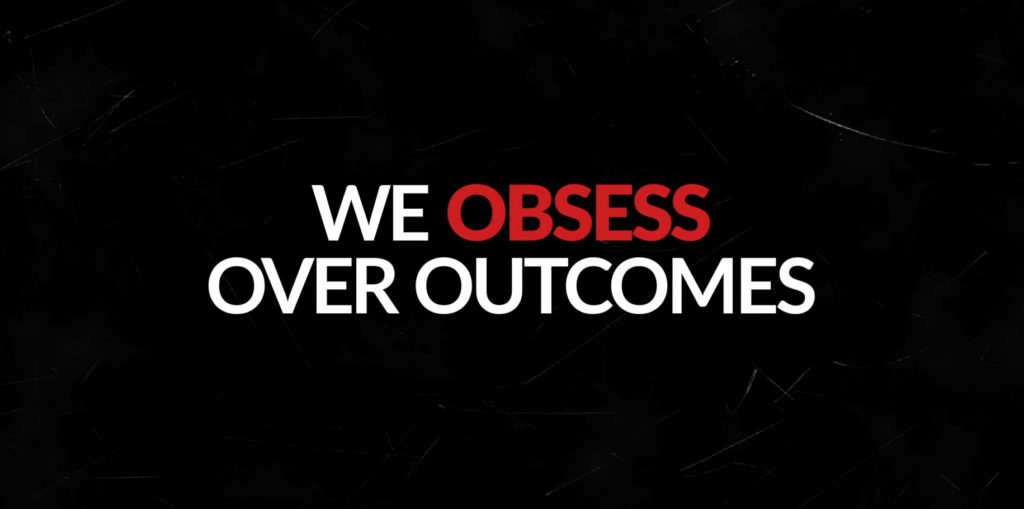Editor’s Note: This guest blog post comes courtesy of Deepak Rao with DAMSR
All of us can relate to the scenario where a patient spends two hours in a clinic for a 30-minute appointment where the actual time spent with the provider was 10 minutes or less. The patient experience in clinics is not optimal and there is a lot of room for improvement. Here are some common pain points for both patients and providers:
Delays in overall access to care due to scheduling availability
Patients experiencing long wait times (poor HCAHPS scores)
Declining reimbursements from outpatient clinics
A Need for Visibility into the Patient Journey
A large part of any visit to the clinic is not value added and is spent waiting at different points along the patient journey. Health systems are aware of this and acknowledge the need for improving the patient experience in every healthcare delivery setting.
In addition to acknowledging this need, they have ideas on how to improve the process. However, many struggle to come up with data that pinpoints the areas for improvement of the in-person experience.
What health systems need to bring these ideas to fruition is clear, data-driven visibility into the details of the patient journey from check in to end of visit.
The fine-grained data needed for revealing the bottlenecks and inefficiencies in patient flow cannot be extracted from current data sources. The EHR timestamp does not capture every start and stop of the patient journey and the duration and location of all interactions with staff. Often EHR timestamps are not fully representative of real time occurrence of events as the patient chart is updated after the fact.
The Solution to Improving Patient Flow, Without Intrusive Data Collection
There is an urgent need for collecting and analyzing an entirely new data set which captures the movement and interactions of the patient and staff. This needs to be collected non-intrusively without requiring the patient or staff to interrupt their workflow. It needs to be complete and accurate and ideally with no PHI. Comparing what happened during the patient visit with what was supposed to have happened based on the schedule and reason for visit can help to reveal problematic areas that need to be addressed.
DAMSR has developed a diagnostic tool for improving patient flow in any healthcare delivery setting. It leverages sensors to accurately measure the movement and interactions between all patients and staff. The data is collected non intrusively with no PHI and the analysis reveals bottlenecks and inefficiencies in patient flow.
Often the solutions for improving patient flow become obvious once the problem areas are exposed through undisputable data.
The data collected with the DAMSR solution contributes to solving this problem by identifying opportunities to:
Optimize schedule slots based upon provider type, appointment type and individual provider behavior
Improve space utilization within the clinic by improving the layout
Match staffing to patient load and reason for visit
Adjustments to scheduling templates, staffing, and clinic layout contribute to solving this problem. Aligning schedule slots to various appointment types and provider types allows us to reduce alone time and improve value added time for patients. The magnitude of all of these adjustments can be determined and fine-tuned through a performance improvement project in less than 90 days.
Partner with Perficient + DAMSR
With the power of the DAMSR solution and Perficient’s deep healthcare expertise, we are uniquely equipped to help your organization uncover inefficiencies in the patient journey and take impactful corrective action. Perficient’s healthcare practice is comprised of experts who understand the unique and technical challenges facing the industry. The 10 largest health systems and 10 largest health insurers in the U.S. have counted on Perficient to support their end-to-end digital success through pragmatic, strategically-grounded know-how.
If you would like to learn more about DAMSR and have a more detailed conversation on what this solution can do for your healthcare organization, contact us.





Leave A Comment